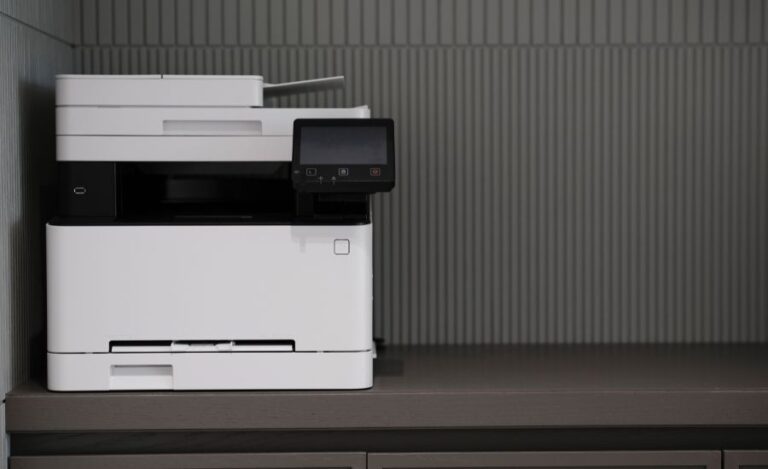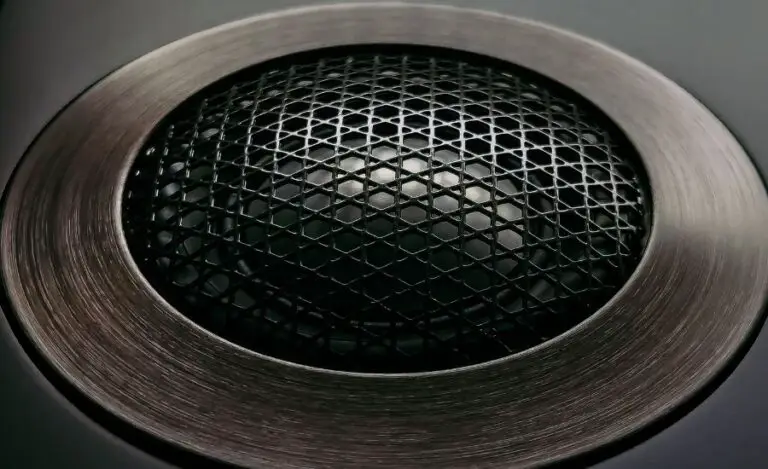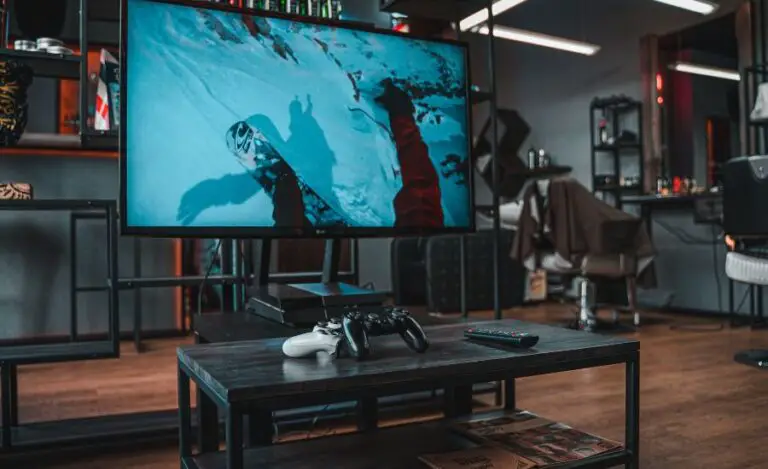What Is A Surround Sound Channel?
For starters, Surround sound is an eight-channel surround audio system. This arrangement is generally used in a home theatre setup. They enhance your audio and movie-watching experience tenfold. Next time when you’re enjoying the thrilling effects of the slightest audio details in low frequency, make sure you appreciate this invention.
To break it down further, a surround setup has eight different speakers. You can place them around your home theatre to further enhance the entertainment experience. Each speaker of a surround channel has a different purpose. So if you understand which speaker is put up where and why- it can be a game-changer!
First, let me tell you the function and arrangement of each speaker before you invest in them. This will surely help you in making the most informed choice. so, let’s dig in.. shall we?
Also Read: Are Home Theatre Systems Worth It?
Speakers in a surround sound system: Explained
Speakers in the 5.1 Surround sound system include six types of speakers:
- Front left
- Front right
- Centre
- Surround left
- Surround right
- Subwoofer
Let’s see what each of them is capable of, shall we?
Front Left and Right Speakers
The front left and right speakers exist to enhance sound effects in a soundtrack. They also track voices that move from the left to the right side of your TV screen. Left & Right speakers are capable of syncing a wide range of frequencies from low bass to high tones.
all you need to do is ensure that they are of high quality as they reproduce worthy sound effects. It comes in handy too if you wish to listen to high-quality stereo music.
Centre Channel Speakers
These are there to emphasize dialogues in the movies. So, it is a crucial component for general TV viewing. Placed in the center, their shape is wider compared to the other speakers. This arrangement helps broaden the soundstage when people are speaking on the screen.
You may place them above or below the TV Screen. Also, you’re free to add multiple woofers and tweeters to spread the sound field even further.
Also Read: How To Use A SoundBar As A Central Channel Speaker?
Surround Left and Right Speakers
Just like the front left and right, these also reproduce the surround music effects. Not meant to be used frequently as the front speakers, these render effects almost similar to the front speakers. You can skip these and it won’t make much of a difference.
These surround left and right speakers are likely to be smaller satellite, bookshelf, or in-wall speakers.
So, If you’re low on budget, you may skip the surround left and right speakers. It won’t be that noticeable to your ears unless you’re a hardcore audiophile! So, for a wholesome audio experience, you ought to have these.
Types of Surround Sound Speakers
There are two types of speakers apart from your regular speakers. They’re popularly known as monopole speakers, which are placed at the front. Now these two types are commonly known as bipole and dipole speakers.
Let’s take a sneak peek on their specs-
Bipole speakers
These have two driver speakers, thus making them bi-directional. They come in a small satellite design or the size of a compact bookshelf speaker.
They give you better sound output compared to your regular speakers. It is because they fire out the sound in the opposite direction simultaneously around the seating area but not directly towards you.
Dipole Speakers
Dipole speakers too have two driver speakers. But instead of pushing out the sounds together, one driver pushes the sound whereas the other pulls it. You won’t really know where the sound is coming from as the sound is diffused here, making them an excellent surround speaker.
The only way to enjoy the effects of these two speakers is if you position them correctly.
Also Read: Is It OK To Mix And Match Home Theatre Speaker?
Subwoofers
Subwoofers are installed to reproduce low-end frequency enhancing the previous audio quality in an unimaginable manner. It makes the sound clear and you can enjoy every detail of the audio.
They usually come in big boxes but the sizes vary so you can buy one considering how spacious your room is. The physical size of the subwoofer impacts the low bass frequency immensely. As a result, the bigger the size, the better is the sound output.
A dedicated bass speaker improves the quality of the audio and fills out the sound from the other speakers. The cone in the subwoofer generallyranges between 6 to 15 inches. The larger the cone size, the better the low frequency reproduced.
Subwoofers are self-powered through their own internal amplification. So, it doesn’t require an AV receiver. It’s either wireless or connected via an LFE connection or AV receiver. You may also connect your subwoofer via a universal wireless adaptor.
Also Read: Best 21-Inch Subwoofers That Money Can Buy You
Dolby Atmos Speakers and DTS:X
Dolby Atmos and DTS:X are installed to create a 3D sound field: along with your surround setup. They are also known as height or overhead speakers. You can install them in different locations and come in multiple kinds.
While it’s common to install four to six Atmos in your room, Dolby Atmos requires the installation of minimum of two dedicated speakers. It can support up to a whopping 24 surround speakers and 10 Atmos Speakers. Speaking of the types, there’s a dedicated Dolby Atmos-enabled elevation speaker that you can place with your other surround speakers. This helps the sound to hit the ceiling and comes back to where you’re sitting.
Alternatively, you may install them higher in your home theatre room so that the sound comes from top to where your seats are.
Conclusion
While it may seem complicated to install a surround sound system for your home theatre, it is not. Once you understand its utility, the investment is going to be worth the money. The speakers add to your video viewing experience, be it a movie, a superbowl match, or documentary.
It picks up the most accurate pitch of the audio and adds clarity to the same. The background effects meant to add drama to the scene get complete justification with a surround sound arrangement. It makes the movie-viewing experience more thrilling.
Alright, so your space might look slightly cluttered but if placed correctly, it won’t really hurt the eye. Once you understand the purpose of each speaker, you may also decide to skip on a few. That was all to the surround sound Channel system. I hope picking the right setup for your home theatre won’t be much of an issue now!





